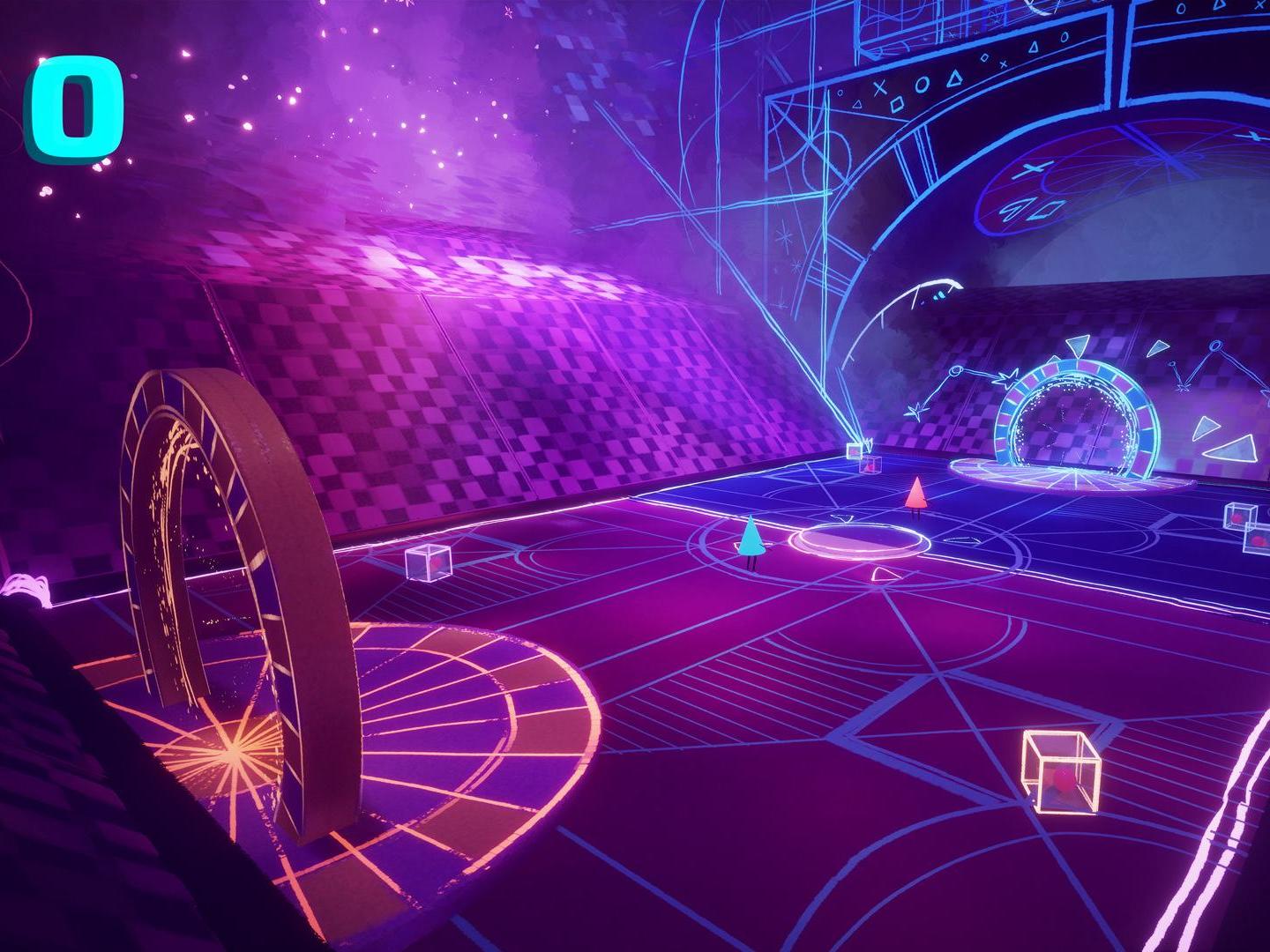Dreams review: PS4 follow-up to LittleBigPlanet fizzes with potential
Media Molecule’s deceptively complex game gives players unprecedented freedom to create
Your support helps us to tell the story
From reproductive rights to climate change to Big Tech, The Independent is on the ground when the story is developing. Whether it's investigating the financials of Elon Musk's pro-Trump PAC or producing our latest documentary, 'The A Word', which shines a light on the American women fighting for reproductive rights, we know how important it is to parse out the facts from the messaging.
At such a critical moment in US history, we need reporters on the ground. Your donation allows us to keep sending journalists to speak to both sides of the story.
The Independent is trusted by Americans across the entire political spectrum. And unlike many other quality news outlets, we choose not to lock Americans out of our reporting and analysis with paywalls. We believe quality journalism should be available to everyone, paid for by those who can afford it.
Your support makes all the difference.Listen to any of the people responsible for Dreams try to describe their new game, and you will be met with a torrent of ambition and buzzwords. Described as “a sketchbook”, “a social network for creativity” and “YouTube, but for all digital entertainment”, the game finally comes out on PS4 today, after being in development for the best part of a decade. Following on from the defining success of 2008's LittleBigPlanet, UK-based creators Media Molecule doubled their ambitions with Dreams, a game that aims stratospherically high – and risks shooting over the heads of its audience completely.
Dreams is bisected into two main game modes. “Dream Shaping” lets players use in-game tools to create their own “dreams” – games, art, music, animations, and any combination thereof. “Dream Surfing” lets players access other people’s “dreams” that have been shared online.
Already included with the game is “Art’s Dream”, a game produced by Dreams’ developers entirely within the in-game creation system, which zips through a medley of platforming, action and point-and-click gameplay styles. It’s an engaging demonstration of the game’s range and visual capabilities, and lays down an imposing gauntlet for budding dream designers to better.
Like LittleBigPlanet, Dreams employs a whimsical, almost ASMR-like voiceover that seems to speak to the younger sections of its audience, easing you through the beginning of the game and gently explaining the control scheme. The warmly condescending tone starts to feel a bit out of place, however, when you start to grasp the full complexity of the game’s creation mechanics.
The creative options grant you incredible control over everything from characters, sounds and environments to control schemes and in-game physics. Most adults will need dozens of hours to properly get to grips with the game’s complicated web of options; I can only imagine the tremendous amount of time and frustration it would have taken my nine-year-old self to do the same, no matter how soothing the voiceover was.
In a smart move by the game’s developers, Dreams has been available to a limited group of people for some time now, in its unfinished beta version. The beta allowed the game to build up an extensive collection of player-made creations, so there’s already plenty of choices to dive into. While many people have imitated existing intellectual property – creating hugely impressive games based on Star Wars or Crash Bandicoot – there have already been lots of enjoyable original creations too (my current favourite is a manic physics-based game in which players must prepare a full dinner left-handed in under a minute).
There are also many slickly-made creations from some of the game’s developers, which vary from full games to quirky esoterica, such as an uncannily realistic model of an English breakfast.
It is hard to judge a game on its potential, but potential is Dreams’ main currency at the moment. Its creators have spoken about a “10 year plan”, a stream of additions to be made to the game over the next decade. They have already confirmed that the game will be VR-compatible within the near future, and they are exploring bringing Dreams to the PS5 after Sony’s hotly anticipated next-generation console reaches shelves.

In the longer, vaguer term, there are also plans to let players monetise their creations, to post their “dreams” for sale on the PlayStation Store. Nothing anyone has made yet could fairly command too high of a fee, but we are still at the very base of the collective learning curve.
Mark Healey, Dreams’ Creative Director, has described the game as a means of opening up game design to the masses, of catering for people who didn’t study game design at university. It was intended to re-introduce the spirit of early computers in the 1980s, when all you had to do was switch on the machine, start typing, and you could be a game designer.
And in this, its raison d’être, it succeeds completely. Time will tell whether Dreams is able to grow its tight-knit creative community into a LittleBigPlanet-esque sensation, whether the toolkit is fluid and comprehensive enough to support increasingly ambitious projects. For now, Dreams is a game that fizzes with possibilities: just big ideas and open doors.

Join our commenting forum
Join thought-provoking conversations, follow other Independent readers and see their replies
Comments